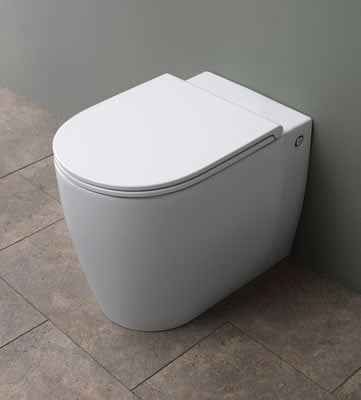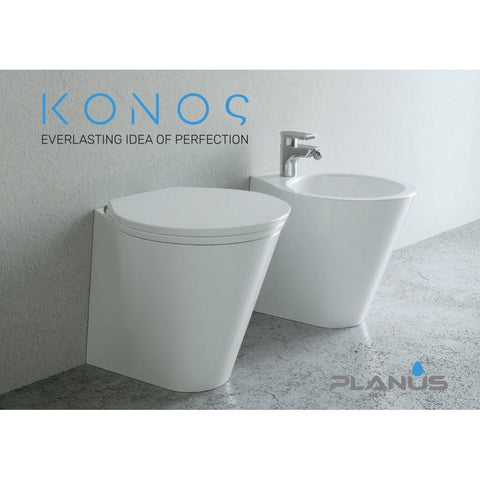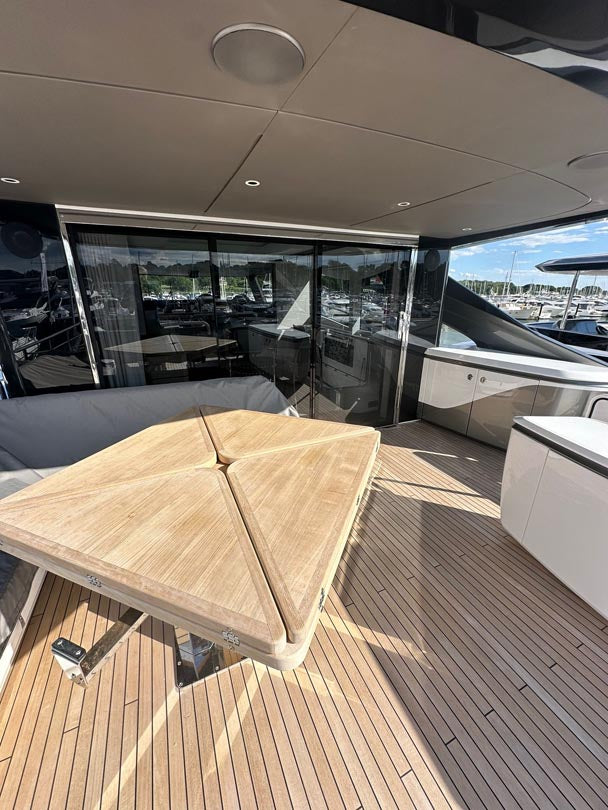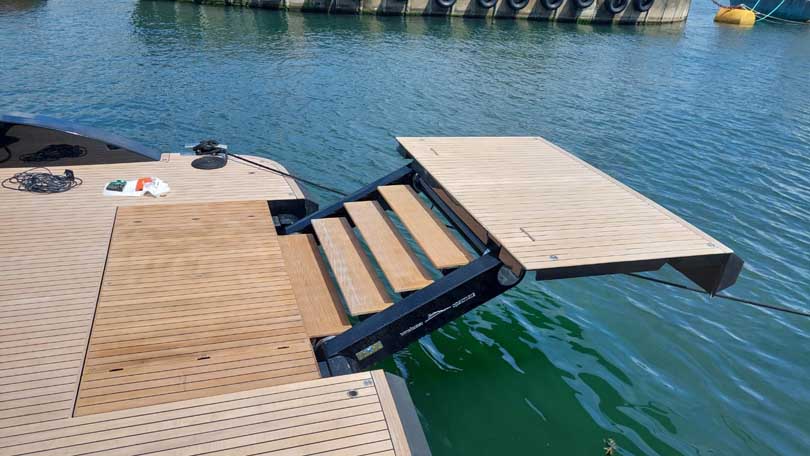How Do Marine Toilets Work

Marine toilets are an essential yet often overlooked component of seafaring vessels. These specialised sanitation systems play a crucial role in maintaining hygiene and comfort aboard ships, boats, and yachts of all sizes. Understanding how marine toilets work is vital for boat owners, crew members, and maritime enthusiasts alike, as it ensures proper use, maintenance, and environmental responsibility.
This article delves into the inner workings of marine toilets, exploring their basic principles and various types. It examines the unique mechanisms that allow these systems to function effectively in marine environments. Additionally, the piece covers proper usage techniques and maintenance practises to keep marine toilets in top condition. By the end, readers will have a comprehensive understanding of these important fixtures and their role in modern maritime life.
The Basics of a Marine Toilet
Marine toilets, commonly referred to as "heads" in nautical parlance, are essential fixtures on boats and ships. The term "head" originates from the location of these facilities on early sailing vessels, where they were placed at the bow or front of the ship. This positioning allowed for natural cleaning by seawater and ensured that unpleasant odours were carried downwind.
Modern marine toilets differ significantly from their land-based counterparts. They utilise a system of valves and pumps to bring seawater and/or fresh water into the bowl and expel waste through the hull. This design accommodates the unique constraints of maritime environments, where water, energy, and space are at a premium.
Marine toilets come in two primary categories: cassette toilets and pump-out toilets. Cassette toilets feature removable waste tanks, while pump-out toilets connect to larger, fixed holding tanks. Both types aim to address the fundamental requirements of marine sanitation, including efficient waste evacuation, bowl rinsing, and odour prevention.

Types of Marine Toilets
Marine toilets come in various types, each with its own advantages and considerations. The choice of toilet depends on factors such as boat size, power supply, and cruising area. Two primary categories are manual and electric toilets, each serving different needs aboard vessels.
Manual toilets are often preferred where space, power, and weight are crucial factors. They are simple, reliable, and cost-effective, requiring no electricity to operate. However, they can be more challenging for guests to use and may require more effort to maintain proper hygiene.
Electric toilets, on the other hand, offer convenience and ease of use. They typically use a macerator to break down waste, reducing the risk of clogs. These toilets are particularly beneficial for larger yachts with sophisticated power supplies. Some models, like the VacuFlush system, use vacuum technology for efficient waste removal, consuming only about a pint of water per flush.

How Marine Toilets Function
Marine toilets, also known as 'heads', operate differently from their land-based counterparts. They utilise a system of valves and pumps to bring seawater into the bowl and expel waste through the hull. The process typically involves three steps: filling the bowl with water, use, and pumping out the waste.
Two main types of marine toilets exist: mechanical and electric. Mechanical toilets require manual operation of a hand pump to fill and drain the bowl. Electric toilets, on the other hand, offer more convenience with buttons for filling and draining.
Proper Use and Maintenance
Proper use and maintenance of marine toilets are crucial for their longevity and efficient operation. Users should adhere to the rule of flushing only human waste and marine toilet paper. Regular cleaning with vinegar helps prevent scale build-up in discharge channels and hoses. Monthly treatments with a marine toilet lubricant or mineral oil keep the pump operating smoothly. To avoid odours, inspect and replace permeable discharge hoses. When cleaning, avoid household cleaners and opt for marine-specific products to protect the toilet's components. In colder months, ensure the bowl is empty to prevent freezing and potential damage.

Conclusion
Marine toilets have a significant impact on the comfort and hygiene of seafaring vessels. From manual to electric systems, these specialised fixtures tackle the unique challenges of maritime environments, ensuring efficient waste management and odour control. Their clever design, using seawater or freshwater for flushing, showcases the ingenuity needed to address the constraints of life at sea.
To keep marine toilets in top shape, proper use and upkeep are key. Regular cleaning, careful selection of cleaning products, and adherence to usage guidelines all play a part in maintaining these essential systems. By understanding how marine toilets work and taking care of them, boat owners and crew members can ensure a smoother, more pleasant experience on the water, while also being mindful of environmental responsibilities.
FAQs
How do marine toilet systems operate?
A marine toilet system utilises a water inlet device, which can be a solenoid in various voltages or an inlet pump, to supply clean water to the toilet bowl. Inside the bowl, a macerator pump grinds the waste and then transfers it to a black water holding tank for storage.
Do marine toilets utilise sea water for flushing?
On the vessel Gemeaux, two toilets employ sea water for flushing, while another uses fresh water. Sea water is chosen often due to its abundance, compared to the scarcity of fresh water at sea. However, using sea water can lead to issues, such as the decay of plankton and other marine organisms that might enter the system.
What happens to the waste from marine toilets?
Upon flushing, the waste from a marine toilet is either directly discharged into the sea through a hole in the hull or directed into a holding tank, depending on the boat's setup. While this process may initially seem daunting, it typically becomes more manageable with experience.
How is waste flushed from a boat's toilet?
In marine toilets, flushing is facilitated by a system that either directly expels the waste into the ocean or moves it into an onboard holding tank, depending on the specific plumbing and environmental regulations applicable to the vessel.


